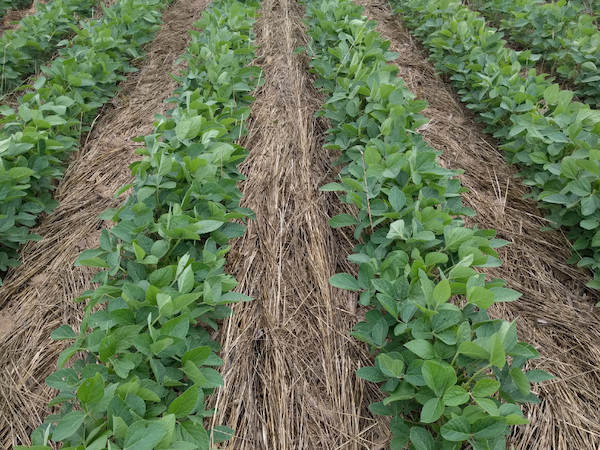With increasing costs for everything from diesel fuel to pesticides, the temptation to go organic might seem especially alluring.
Various growers have testified to success with no-till organic systems.
A publication issued by Cornell University late last year covers the basic elements of a roller-crimper no-till organic system.
The report summarizes the basic planting schedule and points to the advantages the combination of organic and no-till soils can offer.
The report also points to potential perils.
"It is important to recognize that the successful organic farmers who are using the rolled cover crop system are still using soil tillage at other points in their crop rotation," the report's authors write. "Continuous no-till is an admirable goal for organic farmers, but weeds can quickly become unbearable in an organic crop rotation without any tillage."
In addition, higher-than-normal seeding rates for organic no-till soybeans showed the best results. That could make no-tillers with bottom lines sensitive to seed prices wary.
"After considering seed costs and market prices for soybean, the economic optimum seeding rate was 250,600 and 270,800 seeds/ acre for the food-grade soybeans in Aurora and Hurley, respectively, and 210,700 and 216,000 seeds/acre in the feed-grade soybeans in Aurora and Geneva, respectively," the report reads. "At those seeding rates, the food-grade soybean produced 40 and 52 bu/acre in Aurora and Hurley, respectively, and the feed-grade beans produced 56 and 48 bu/acre in Aurora and Geneva, respectively. Notably, results show that optimal seeding rates are substantially higher than the recommended rate for conventional soybean."
However, the authors also point to the fact that merging organic and no-till practices is a work in progress.
"Organic no-till crop production is still in its infancy, and management strategies, equipment, and knowledge are evolving rapidly," they write.







